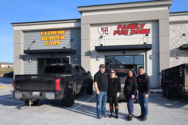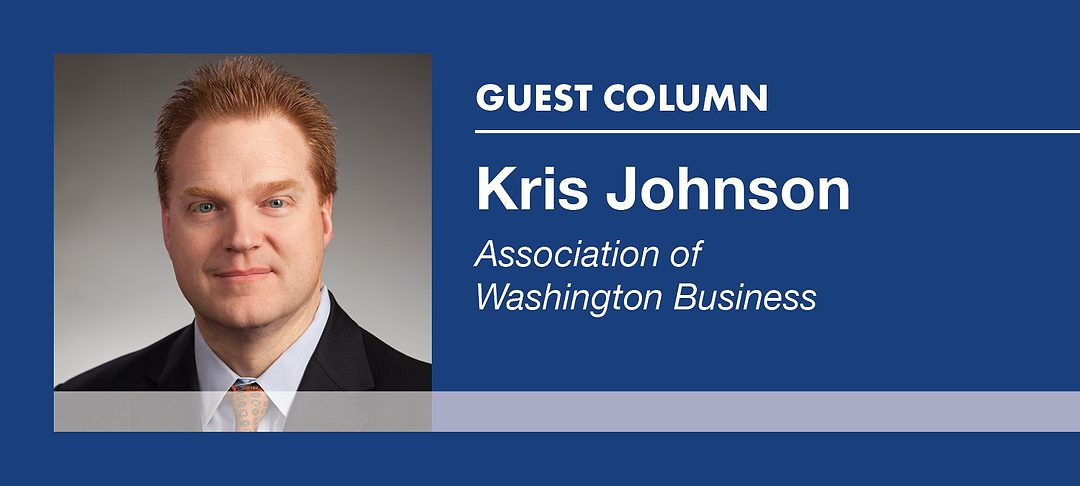
Home » The remaking of Washington has begun
The remaking of Washington has begun

October 14, 2020
When will the pandemic end?
It’s the question we’re all asking, but aside from adhering to official guidance around social distancing, hand-washing and wearing masks, it’s one that we’re powerless to influence.
What will the world look like once the virus is behind us? What will Washington’s economy look like?
We may not have the answers for these questions, but these are questions we can and should do something about.
The AWB Institute, the nonprofit workforce and economic development arm of the Association of Washington Business, launched an initiative to build an economic vision for the state that will enable us to build back better than we were before.
It’s called “Washington in the Making” and its goal is to create a foundation for lasting prosperity for all people and all communities throughout the state.
A new website, washingtoninthemaking.org, lays out the strategy. It features a data dashboard measuring Washington’s vital signs — 34 indicators for all 39 counties ranging from the unemployment rate and median household income to percentage of income spent on rent and the percent of households without internet.
This continually updated look at Washington’s economic health provides a wealth of data that can be used at the state and community level to track recovery efforts, help shape policy and move the state forward.
The indicators, developed in partnership with Eastern Washington University, are built around five main categories, or pillars, that provide a roadmap to shared prosperity across Washington. They are:
Talent: Ensuring Washington employees are talented and prepared.
Business environment: Advancing policies that support competitiveness.
Infrastructure and connectivity: Effective infrastructure that supports a remote workforce and mobility for goods and people.
Entrepreneurship and innovation: Fueling a culture of entrepreneurship and innovation.
Place and community: Supporting job recovery and growth in urban and rural communities to ensure Washingtonians can live where they want to live.
If we succeed at the things measured within these five categories, we will enable more workers to live in more small communities while working remotely for businesses all over the state. Right now, we are working with partners in Wenatchee, including WSU Extension, to pilot a Remote Worker project.
We will connect students — and workers who want new skills — with internships, apprenticeships and other work experiences.
We will provide access to broadband in every corner of the state, bringing economic vitality to rural Washington.
And we will support employers, enabling them to grow Washington businesses, expand our workforce and build new business opportunities.
The work on Washington in the Making started before the pandemic hit. Now that we are in the middle of a pandemic, Washington in the Making is perfectly timed to help meet the challenge that faces us, and to fuel the recovery we know is coming.
How do we know recovery is coming? Because Washington is a resilient, resourceful state made up of entrepreneurs and innovators. We are a Maker State, and we are going to use this opportunity make a Washington that works better — for everyone.
Go to washingtoninthemaking.org
Kris Johnson is president of the Association of Washington Business, the state’s chamber of commerce and manufacturers association.
Local News Opinion
KEYWORDS october 2020





